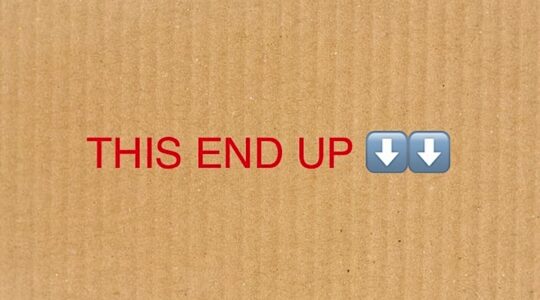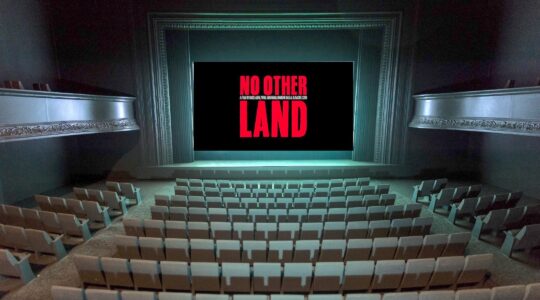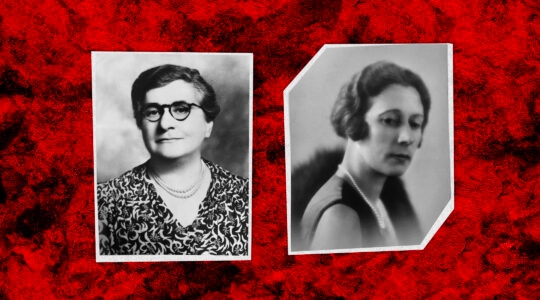When I write, it’s like I’m looking in the mirror, as if the words are an image. It’s a kind of vulnerability to open myself up on a page that way, but that’s where I’m most comfortable. My real picture, on the other hand, made me uneasy until a bag of old photos changed my perspective.
Let me take a step back, though. It was the first editor to publish an essay of mine who got me thinking that I might need to look at things differently. He asked for a headshot and I stalled. He insisted, explaining why it was important to be seen. My son cropped me out of a family picture and I decided that was good enough, even though it wasn’t. I used the picture for years anyway – until a different editor kindly informed me I needed the intervention of a professional photographer.
The truth is I’d never been at peace in front of the camera. I rarely posed, and almost never alone. Pictures added weight when I struggled with my body image, when I thought no side was my good side. Mostly, I didn’t recognize the woman in the photographs. She disappointed me, failing to sync with the person I thought I was on the inside, as if the real me disappeared just before the click of the shutter.
All at once, they healed a wound, filled an emptiness, and restored a missing piece of my personal history – a missing piece of me, really.
The major shift in how I felt about being in pictures came when I received a cache of family photographs I didn’t know existed, among them images of me as an infant in the arms of long-gone relatives and as an exuberant toddler. I’d been mourning the dearth of images from my early childhood, so I was ecstatic when these surfaced. All at once, they healed a wound, filled an emptiness, and restored a missing piece of my personal history – a missing piece of me, really.
When our boys were small, I happily posed for pictures with them because I could recede into the background, knowing they were the center of attention. I was just a prop holding them up. The parts of me I didn’t want captured for posterity were obscured by their presence in my lap. That all changed when they got older. Insecure about my appearance and no longer able to hide behind a precious, sleeping infant, I began to avoid the camera, except when my husband insisted I stay in the shot. The truth is I didn’t take enough pictures with him either.
Determined not to squander the gift or the lesson in that bag of photographs once I held it in my hands, I resolved to make my presence known in the record of family memory going forward. I won’t lie and say I awoke one morning brimming with confidence about how I look in pictures, but I now stand without hesitation in front of the camera. My husband and I have mastered the art of the couple selfie, and sometimes I’ll even pose alone.
Read more in The Layers Project series here.
As that first editor told me, it’s important to show our faces. When I see that so many Jewish publications are empty of women, I feel like I’ve stumbled into a crater. There’s a blank space where there should be pictures of rebbetzins and mothers and modest women going about their lives, career women and women of valor and women performing acts of kindness, women who are global leaders and public figures, women of commerce and industry and wisdom and artistry, as well as the women writers telling their stories. Girls, too, but they are also absent, right beside their missing role models.
Among the family photos that fell into my lap is a small one I sometimes wish I could use as my headshot. Nothing is written on the back, but I’d guess I was about three years old then. My lips are pursed and my brows are arched towards my bangs. My eyes peer off to the side. There is drama in my expression that I first took for confidence. But I now understand it was gratitude, a recognition of the inherent value in knowing I wasn’t invisible.We have to shout about this in real time because no one is going to show up decades from now with a big bag of pictures and say, “Look what we found in storage! These were the one you didn’t see, the ones you didn’t know existed, the ones they refused to print in the magazines.” The photographs that should’ve been on those pages will simply vanish from their stories and from memory. We need to support the Jewish publications that print pictures of women. And we have to walk away from the ones that don’t if they won’t hear pleas to change.
I was seen. We should all be.
Merri Ukraincik’s essays have appeared in Tablet, Lilith, Hevria, Grok Nation, and other wonderful publications. Her first book, I Live. Send Help: 100 Years of Jewish History in Images from the JDC Archives, was published in 2014. She is at work on a second, this time a memoir. Merri blogs here. Follow her there, and on Facebook.
About The Project
During the High Holiday season, The Jewish Week and “The Layers Project” will be collaborating to bring you the series, “Hidden Reflections, Revealed: A Communal Introspective on the Thresholds of Orthodox Femininity.” This is the third installment in the series that will contain images and essays that serve as a communal cheshbon hanefesh (accounting of the soul) on the topic of several women’s issues in Orthodoxy. Read the rest of the series here, and look out for the next installment next week, and for more personal stories and ‘in-depth insights into the lives of Jewish women,’ check out “The Layers Project” on Facebook. Images created by Shira Lankin Sheps, founder of “The Layers Project.”
The New York Jewish Week brings you the stories behind the headlines, keeping you connected to Jewish life in New York. Help sustain the reporting you trust by donating today.




